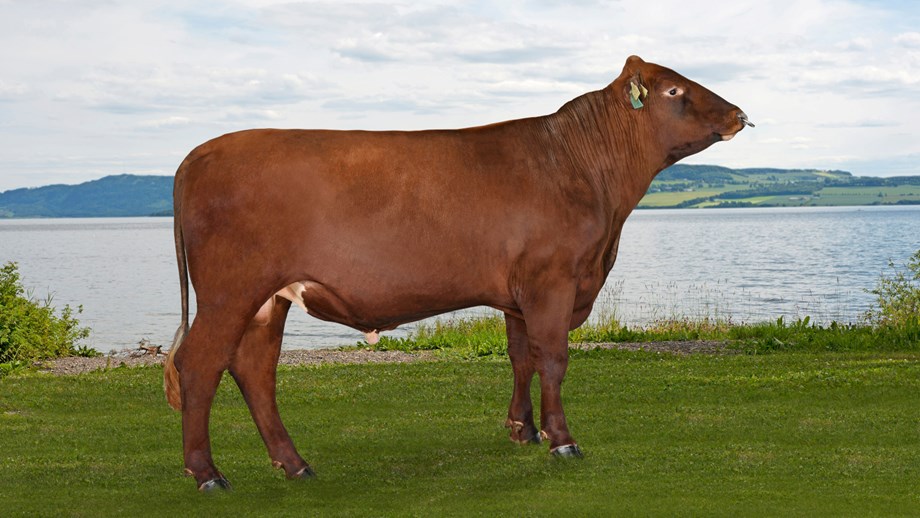While dehorning may be a routine operation on most dairy farms, there are also significant costs associated. These costs vary a great deal depending on the size of the dairy farm, personnel employed to carry out the dehorning, and the equipment utilized.
The most difficult cost to ascertain is the effects of dehorning on the calf itself. Dehorning cattle via genetics - using semen from polled sires - is a cost-effective and animal welfare-appropriate practice.
Dehorning by insemination
In cattle, horns are inherited as an autosomal recessive gene with polled being dominant. Homozygous (PP) for the polled condition refers to a bull carrying two copies of the dominant polled gene resulting in all offspring being born polled.
One mating to a polled sire results in an average of a minimum of 50% hornless calves (sire with one copy of the polled gene, Pp) and could be 100% (sire is homozygous polled, PP). This is the most efficient way to avoid de-horning and focus on animal welfare.
The polled gene in the Norwegian Red population comes from three of the eight local Norwegian breeds that were merged together over 75 years ago.
Use Norwegian Red sires in your dairy crossbreeding program to:
- Increase the number of polled calves
- Avoid de-horning
- Focus on animal welfare
Frequence and registration in the Norwegian Red population
Horn status is registered and reported to the Norwegian Dairy Herd Recording System (NDHRS) on all calves when the farmer reports calving.
Although many farmers are concerned about this trait, there is significant misregistration of quality. It is assumed that more than 25 percent of all born calves are consistently reported as horned without the user has checked the horn status.
However, due to the increased proportion of animals in the population that is genotyped, we now know the frequency of polled animals with more certainty. About 32 percent of the population is heterozygous polled and about 4 percent is homozygous polled.
Scurs
There are additional genes that affect horn-like growth, scurs, on an animal's head. Scurs are incompletely developed horns, which are generally loose and movable beneath the skin, not attached to the skull. They range in size from small scab-like growths to occasionally almost as large as horns. In some animals, partial fusion to the skull with age has been observed.
Because the gene for scurs is transmitted separately it has no effect on the presence or absence of horns. Not all horned cattle carry the gene for scurs and not all polled cattle lack the scur gene.
